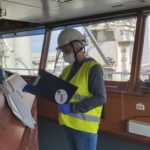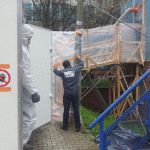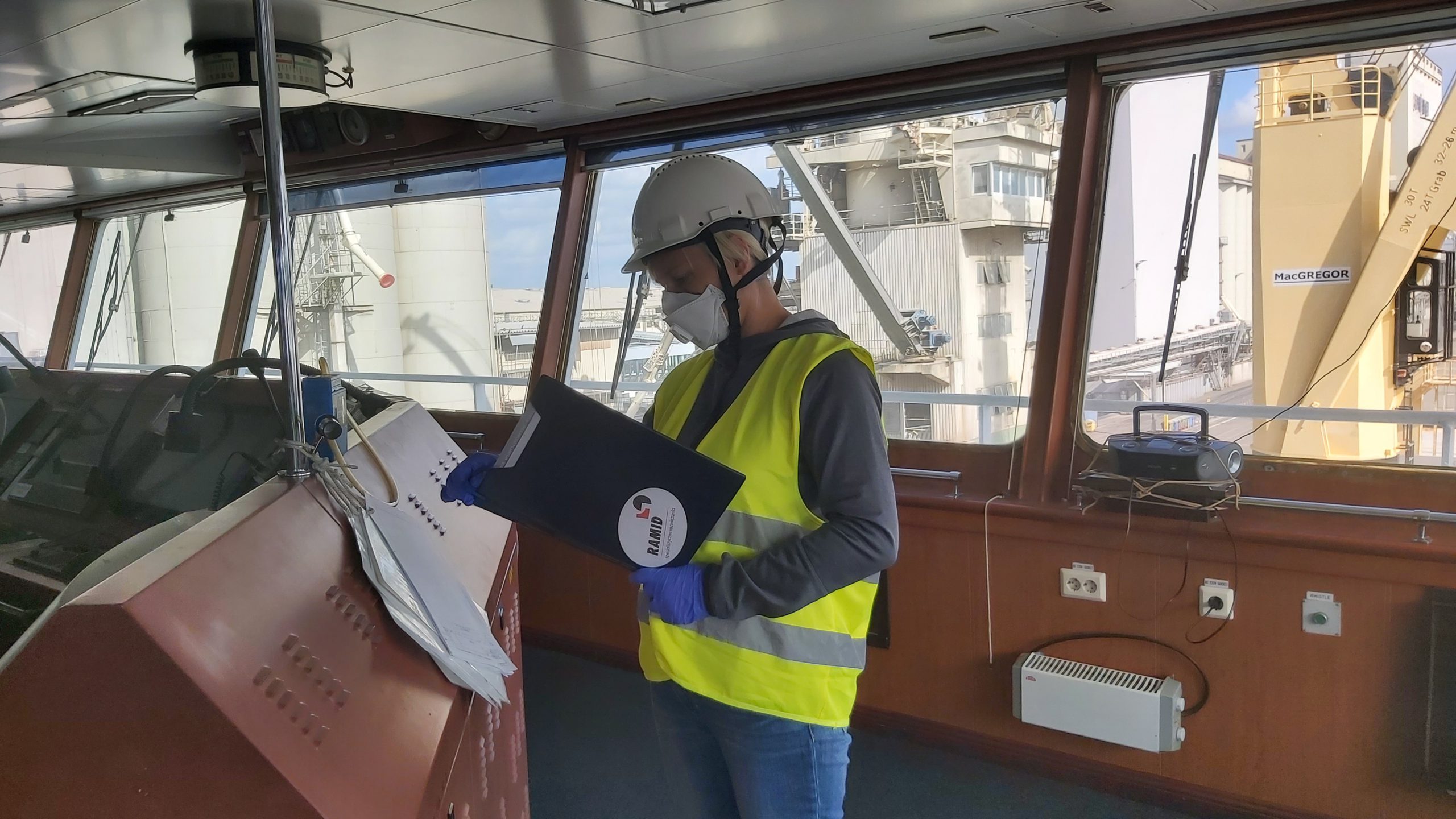Testing for asbestos
Audit and research
Testing for asbestos – Asbestos testing if you do not know if there is asbestos on board, trust us and let us check it, making the shipping industry as safe as possible: that’s the aim of the International Maritime Organization (IMO), the UN body for maritime affairs. Among other things, this has involved setting up the SOLAS International Convention for the Safety of Life at Sea, and coming soon the Hong Kong international convention for the safe and environmentally sound recycling of ships. These conventions involve different obligations that you as a ship/shipyard owner or shipping company are subject to. One of these is the inventory of hazardous materials (IHM), a key part of which is asbestos detection.
Since 2002, the use of asbestos on ships has been forbidden, and yet it is still regularly detected. The national differences In legislation and regulation regarding asbestos raise many questions. How should we interpret these rules exactly? Who is responsible for asbestos detection? And how do we ensure that asbestos in the maritime sector remains manageable and affordable?
INTERNATIONAL LEGISLATION AND REGULATION
The International Maritime Organization (IMO) drew up the SOLAS convention in 1974: an international convention for the safety of life at sea. It describes the requirements seagoing vessels must comply with in terms of construction and fitting. One of the guidelines in the SOLAS convention forbids fitting new asbestos-containing material (ACM) to seagoing vessels. Hong Kong convention and EU regulation In 2009, the IMO drew up the Hong Kong convention, which has not yet come into force. The aim of this convention is that neither ships nor offshore platforms being recycled should constitute an unnecessary risk for people or the planet. It contains, for example, the rules for dismantling ships. Within the European Union, a similar regulation came into force in 2013. Both require an Inventory of Hazardous Materials (IHM) of each ship. Inventory of Hazardous Materials (IHM)
An IHM provides insight into the presence of hazardous materials on board of a ship, and the materials or substances concerned as well as the quantities. Examples include materials and substances that contain asbestos, ceramic fibres, mercury, lead or PCBs. An IHM reveals the properties of the hazardous materials used.
One of the materials found on board ships that possesses the greatest risk to long-term health is asbestos. It is used, for instance, in fire blankets, insulation material, ropes, brake linings, ceiling cladding and electrical fuses. An asbestos inventory provides greater clarity about the presence of asbestos on a ship, which types it involves, at which locations the applications are found and their condition. Such investigations also reveal possible associated health risks.
RAMID company carries out specialistic testing connected with asbestos. Among others there are tests of air samples, asbestos identification in material and soil samples.
Range of works in our offer:
- air sampling with filters to identify and estimate respiratory fibers of asbestos,
- Accredited sampling with air analysis to determine maximal allowable concentration,
- Analysis and identification of material samples,
- soil sampling and analysis for asbestos,
- dust sampling and analysis for ahesive features.

Company runs a scientific research work, carry out survey reports and expert opinions which embrace:
- Technical evaluation of ships and buildings for asbestos.
- Estimation of pollution of air with asbestos dust inside and outside the buildings.
- Asbestos audit on ship – Preparing of final report.
- Identification of asbestos in building products.
- Inventory and assessment of technological condition of goods involving asbestos in accordance with current regulations.
- Monitoring and supervision during removal of asbestos.
- Final control of effectiveness of removal asbestos from ships.





